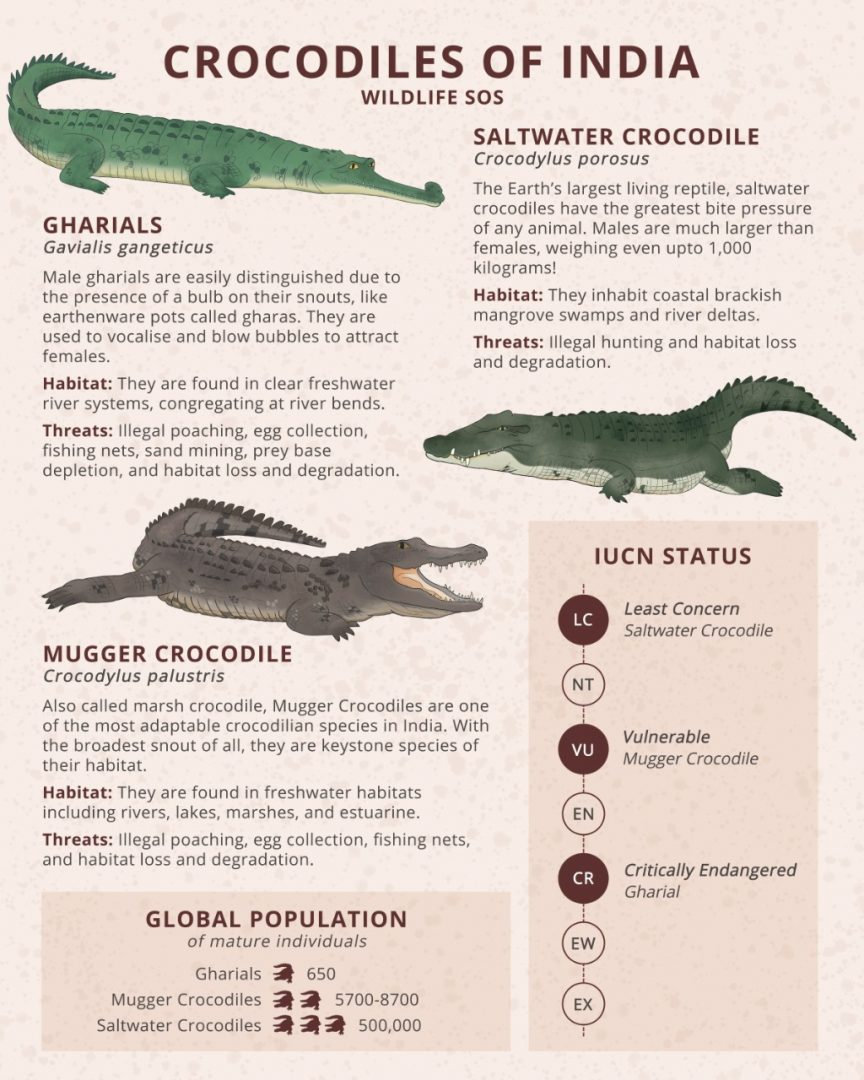Note4Students
From UPSC perspective, the following things are important :
Prelims level: Gharial and its conservation, Kaziranga NP

Why in the News?
In Kaziranga National Park and Tiger Reserve, a lone female gharial has emerged as a significant presence, marking a potential revival for the species in the Brahmaputra River.
About Kaziranga National Park and Tiger Reserve:
|
About Gharial
- The Gharial is a fish-eating crocodile native to the Indian subcontinent.
- They are a crucial indicator of clean river water.
- It is also found in the rainforest biome of Mahanadi in Satkosia Gorge Sanctuary, Odisha.
- Gharials are ‘Critically Endangered’ in the IUCN Red List of Species.
- The species is also listed under Schedule I of the Wild Life (Protection) Act, 1972.
- National Chambal Sanctuary along the river Chambal in Madhya Pradesh is the biggest protected area of the species.
Recent findings of Gharial in Kaziranga
- Gharials, distinguished by their long, narrow snouts, were believed to have disappeared from the Brahmaputra by the 1950s.
- The female gharial, initially spotted in 2021, has grown to nearly adult size, providing hope for their reintroduction into the ecosystem.
PYQ:[2013] Consider the following fauna of India : 1. Gharial 2. Leatherback turtle 3. Swamp deer Which of the above is/are endangered? (a) 1 and 2 only (b) 3 only (c) 1, 2 and 3 (d) None |
Get an IAS/IPS ranker as your 1: 1 personal mentor for UPSC 2024

